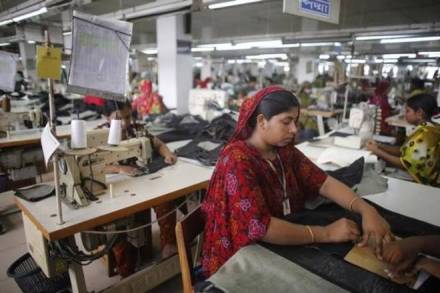Women in India earn 20% less than men, and though the gap has narrowed by about five percentage points from 24.8% in 2016, the gender pay gap widens with experience and is highest at 25% for talent with 11 and more years of experience, according to Monster India, one of the leading online career and recruitment solutions providers
As India readies to celebrate International Women’s Day, the Monster Salary Index (MSI), which was released on Wednesday, found that 69% employees of India Inc feel that gender parity needs to be a top priority for their organisations; yet only 10% have a robust gender diversity programme. Close to 44% men confirm that they can be effective advocates for gender initiative programmes at workplace; yet almost 80% women reveal that many men show support only in private and 32% women identified ‘not easily considered for top management roles’ as one of the top challenges.
Only 13% men agree 84% women consider safety as key parameter while choosing a job, and lack of it as a top hindrance. However, about only half (48%) of the organisations take care of women safety if they were leaving late from work, said the survey.
The MSI data from 2017 indicates that the current gender pay gap in India stands at 20% where men earned a median gross hourly salary of `231, in comparison, women earned only `184.8.
Also, while men with 0-2 years of experience earned 7.8% higher median wages than women, men with 6-10 years earned 15.3% more. Men with 11 and more years earned 25% higher median wages. Interestingly, there is a marginally inverted pay gap in the experience group of 3-5 years, where women are earning more.
Sharing his views on the survey, Abhijeet Mukherjee, CEO, Monster.com, APAC & Gulf, said, “Let’s not get carried away with the narrowing gender pay gap revealed by the 2017 MSI because the gender pay gap in India widens as one gains work experience. Moreover, the overall gender pay gap of 20% is still a daunting number.”
The survey was conducted on Monster India’s database capturing responses from about 5,500 working women (3,100+) and men (2,300+). The survey witnessed maximum share of participation from Delhi NCR at 24%, followed by Mumbai (22%) and Bengaluru at 20%. The participation from non-metros was at 36%.
